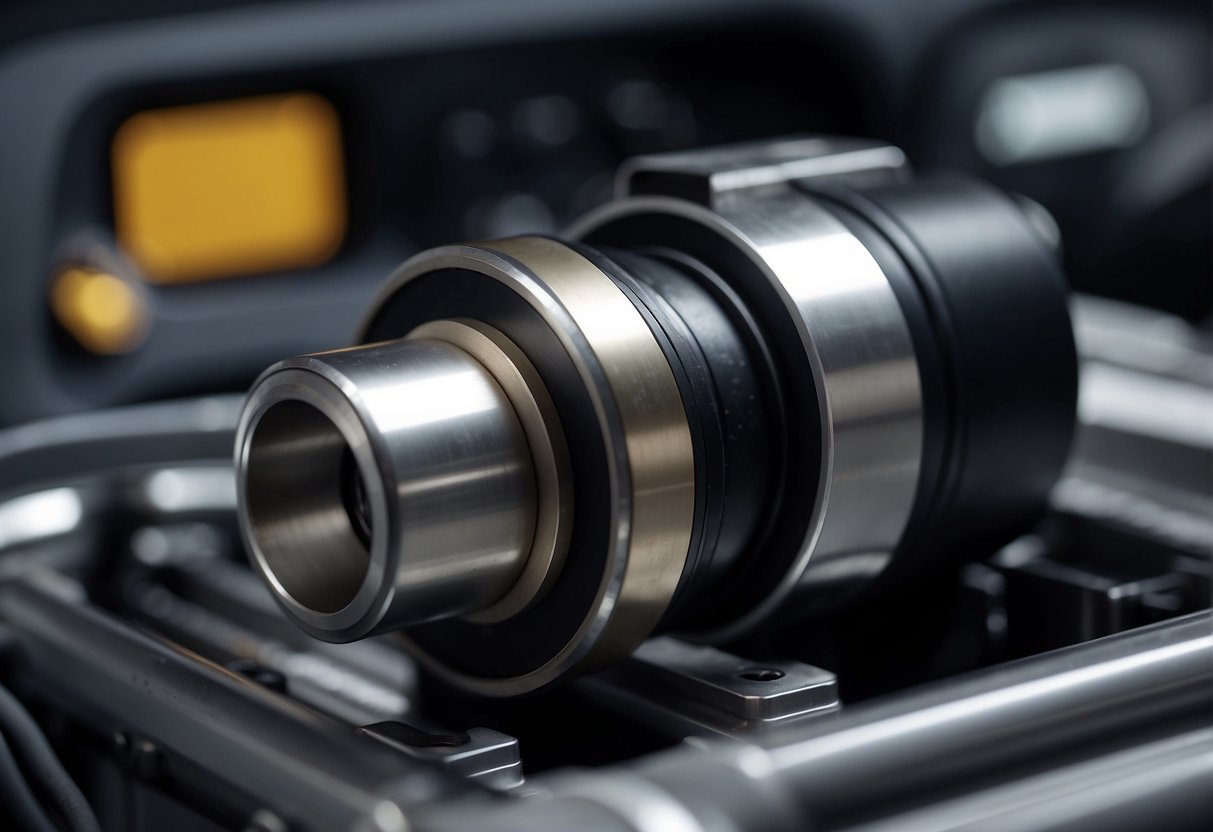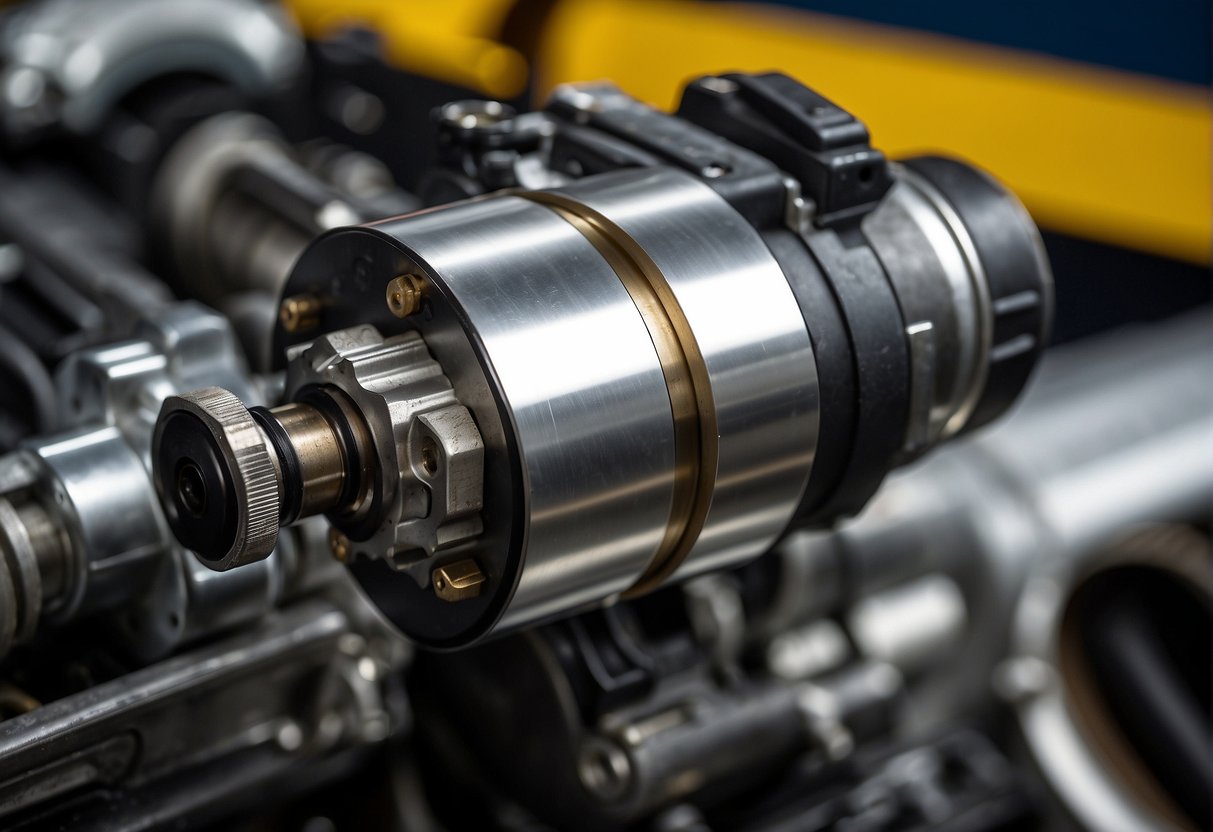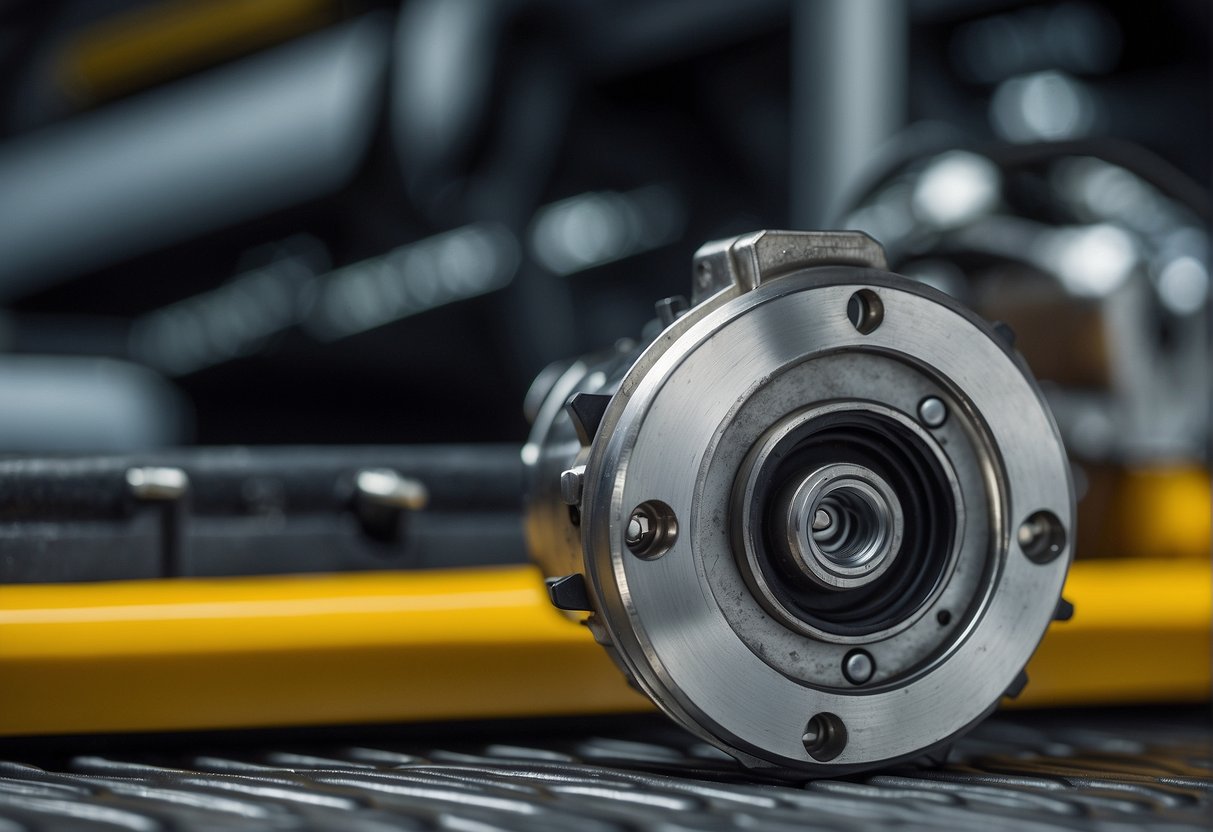Fundamental Functions

In engine management, the fundamental functions of the crankshaft and camshaft sensors are crucial for precise ignition timing and fuel injection.
Crankshaft Sensor Role
The crankshaft sensor detects the exact position of the engine’s crankshaft and communicates this information to the engine control unit (ECU). It is essential for determining the engine’s rotational speed and the crankshaft’s position at each piston’s power stroke.
- Location: Typically situated near the crankshaft itself.
- Function: Monitors the speed and position of the crankshaft.
- Outcome: Crucial for ignition timing and fuel delivery.
Camshaft Sensor Role
Conversely, the camshaft sensor identifies the position of the camshaft which controls the opening and closing of engine valves. This sensor ensures valves open at the correct time in relation to the position of the pistons in the engine cycle.
- Location: Positioned in proximity to the camshaft.
- Function: Tracks the camshaft’s speed and positioning.
- Outcome: Integral for valve timing and sequence of fuel injection.
Location and Structure

The camshaft position sensor (CMP) and crankshaft position sensor (CKP) differ in both location and structure within a vehicle’s engine.
Camshaft Position Sensor:
- Location: Mounted in proximity to the camshaft, it is placed to monitor the camshaft’s speed and position.
- Structure: Generally employs a Hall Effect or variable reluctance sensor technology, creating a signal that corresponds to the camshaft’s position.
Crankshaft Position Sensor:
- Location: Located on the engine block or near the crankshaft, its role is to detect the speed and position of the crankshaft.
- Structure: Similar to CMP sensors, CKP sensors either utilize a Hall Effect or variable reluctance sensor to generate signals used by the engine control module.
| Sensor Type | Location | Structure |
|---|---|---|
| Camshaft Sensor | Near the camshaft | Hall Effect/Variable Reluctance |
| Crankshaft Sensor | Engine block or adjacent to crankshaft | Hall Effect/Variable Reluctance |
Signal Characteristics and Uses

The crankshaft position sensor and camshaft position sensor play crucial roles in engine management systems. Both sensors relay valuable information, but their signals are distinct and serve different functions.
- Crankshaft Position Sensor:
- Signal: Generates a voltage signal that corresponds with the crankshaft’s position.
- Uses: It informs the Engine Control Unit (ECU) about the exact position of the pistons.
- Uses: This is vital for ignition timing and fuel injection.
- Uses: It ensures that the spark plugs fire at the correct time and the fuel injector delivers gasoline at the right moment.
More details can be found on the workings of the crankshaft sensor through a practical explanation provided by Mech Content.
- Camshaft Position Sensor:
- Signal: Delivers a signal that indicates the camshaft’s speed and position.
- Uses: This data is essential for controlling the fuel injectors.
- Uses: It also ensures that the valves open and close at appropriate times during the engine’s intake and exhaust strokes.
- Uses: The correct operation of these components is critical for efficient engine performance and reduced emissions.
Specific differences in signal circuits and diagnostic details are available in resources such as one from Pico auto.
In some vehicles, these sensors also aid in monitoring engine speed and providing data for anti-lock braking systems. Despite their separate roles, both sensors must function harmoniously for optimal engine performance. In-depth technical insights on camshaft and crankshaft position sensors can be accessed through Walker Products, which discusses various sensor types used in vehicles.
Related:
- What Scanner Can Relearn Crankshaft Position Sensor
- How to Reset Crankshaft Position Sensor without Scanner
